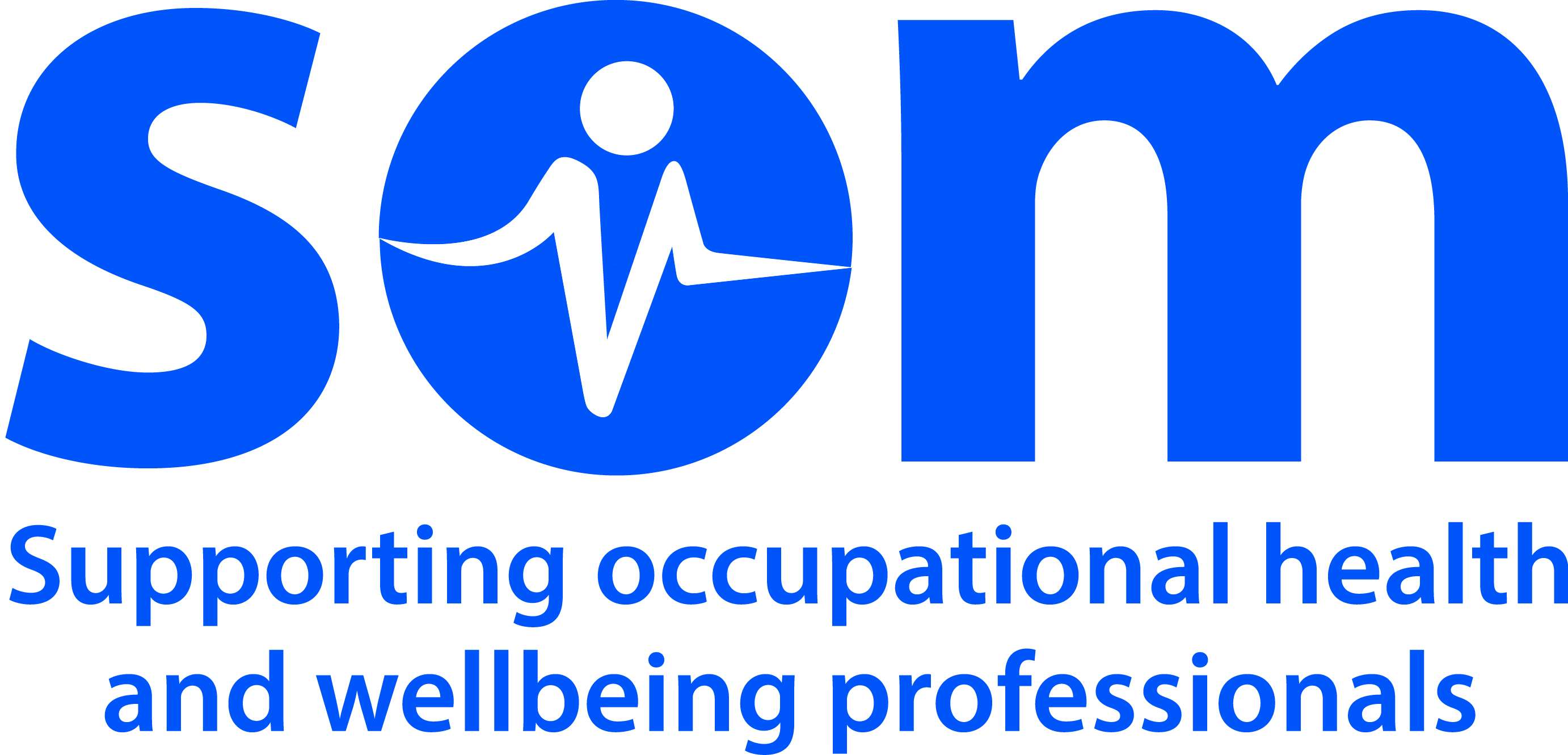Cold

Occupational Health Considerations
Cold is a physical hazard in the workplace.
Heat is conducted away from the body by radiative loss (via infra red radiation) , conductive loss and evaporation. In cold environment evaporative loss shuts down, but radiative and conductive loss continue. For this reason human wear clothes to stem radiative and conductive loss. Air flow across the skin surface increases conductive loss. Hence higher wind speeds are a hazard in cold temperatures.
The higher the wind speed and the lower the temperature the greater the risk. Risks can be mitigated using clothing, rest breaks, warm buildings but the work must be risk assessed using the appropriate tools and calculations avaiable.
e.g. Risk assessment ISO 1574 (2008) provides methodology and practical tool for assessing and managing cold risk in the workplace. It includes checklists and questionnaires to identify individuals at risk. For example: -
Consider whether outside work can be delayed or completed at a warmer part of the year.
Give new workers a period of acclimatisation (gradual increase of time working in extreme cold conditions).
Recognise signs of hypothermia. Buddy systems. Rest breaks
Support with hot drinks warm hut etc
Warm, waterproof clothing.
At risk industries
E.g. Construction, power, forestry, telecoms, police and sea rescue, agriculture, deep sea fishing, oil offshore installations, abattoirs, cold food stores.
Wind chill index
The rate of heat loss from exposed skin increases with lower air temperature and higher air speed. There are various formulas for calculating wind chill temperatures but a commonly used formula is :-
Twc = 13.12 + 0.6215.Ta 11.37.v0.16 + 0.3965.Ta.v0.16
Ta is ambient temperature in C and v is wind velocity in km/h
For example, If the temperature remains at -20 C and the wind speed is 30 km/h (19 mph), the wind chill index (the perceived temperature) is -33 C.
Twc values
-10C to -24C (uncomfortably cold), -25C to -34C (very cold, risk of skin freezing), -35C to -59C (exposed skin may freeze within 10min), below -60C (exposed skin may freeze in 2min).
Ergonomics of the thermal environmentCold workplacesRisk assessment and management. ISO 11079 (2007). Evaluation of the thermal environmentDetermination of required clothing insulation (IREQ). BS EN 511 (2006).
Clinical Aspects
Cold stress
Exposure to very cold temperatures can result in cold stress which includes fatigue and eg increased risk of injury, hypothermia and frostbite.
Frostnip
During frostnip the affected skin is red to purple or lighter than your natural skin tone, feels cold, slightly painful and slightly numb. Frostnip is the warning stage when skin damage is just temporary.
Frostbite
Frostbite occurs when extremities in low to freezing temperatures. Frostbite usually affects the hands, fingers, toes, feet, ears eyelids and nose. Typically the lesions exhibit pain, swelling, numbness, discoloration (reddened with white patches), hardening and blistering of the skin.
Hypothermia
Hypothermia (core temp < 35C) leads to symptoms of shivering, numbness of hands and feet slow slurred speech, and some times confusion, drowsiness. Progressing in time to collapse, dilated pupils, bradycardia, loss of conciousness.
Other risks
Judgement may be mildly impaired in chronic mild cold and cold muscles are more likely to strain and conduct fine movement ( such as move switched, levers or turn valves.)
Long term effects
The long term effects of working in cold leads to complaints of chronic pain in the shoulder and neck area.
My reflection

